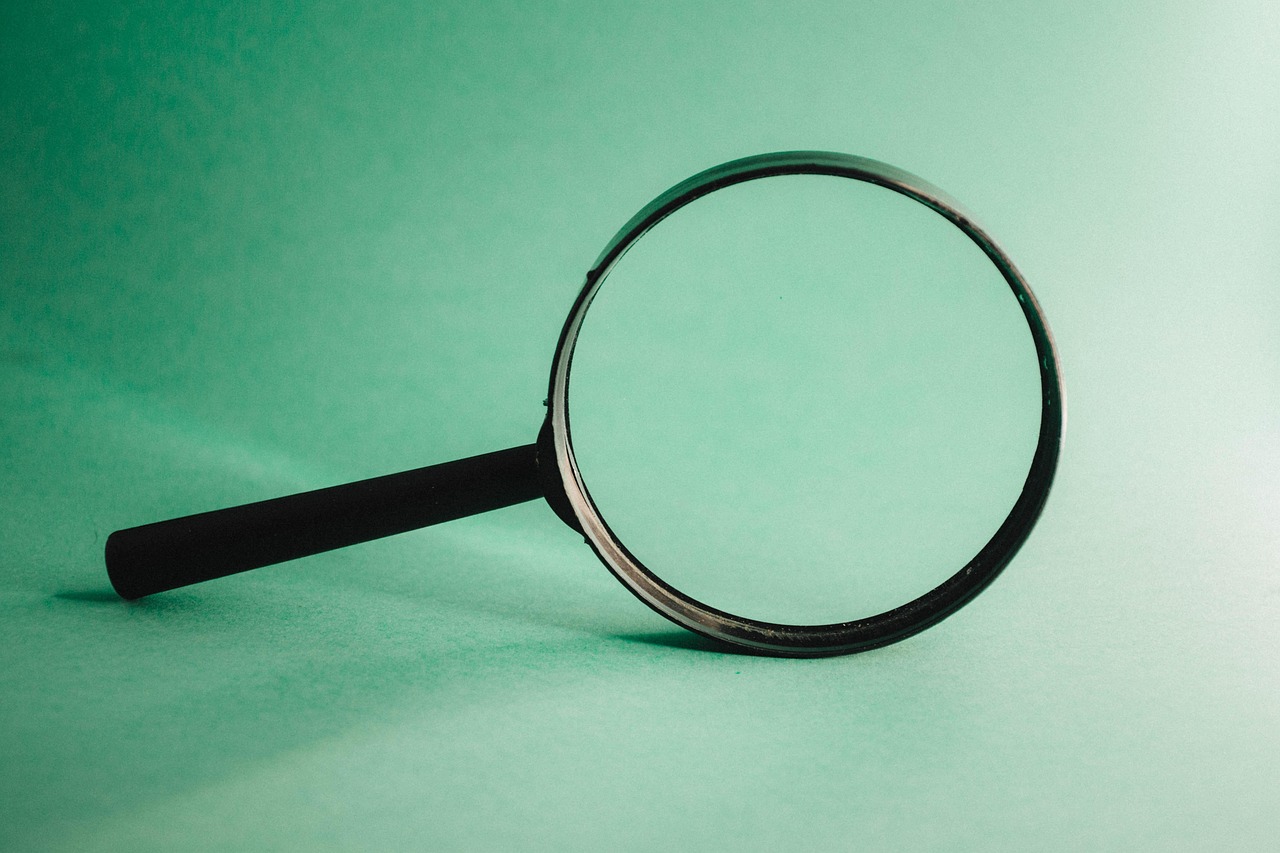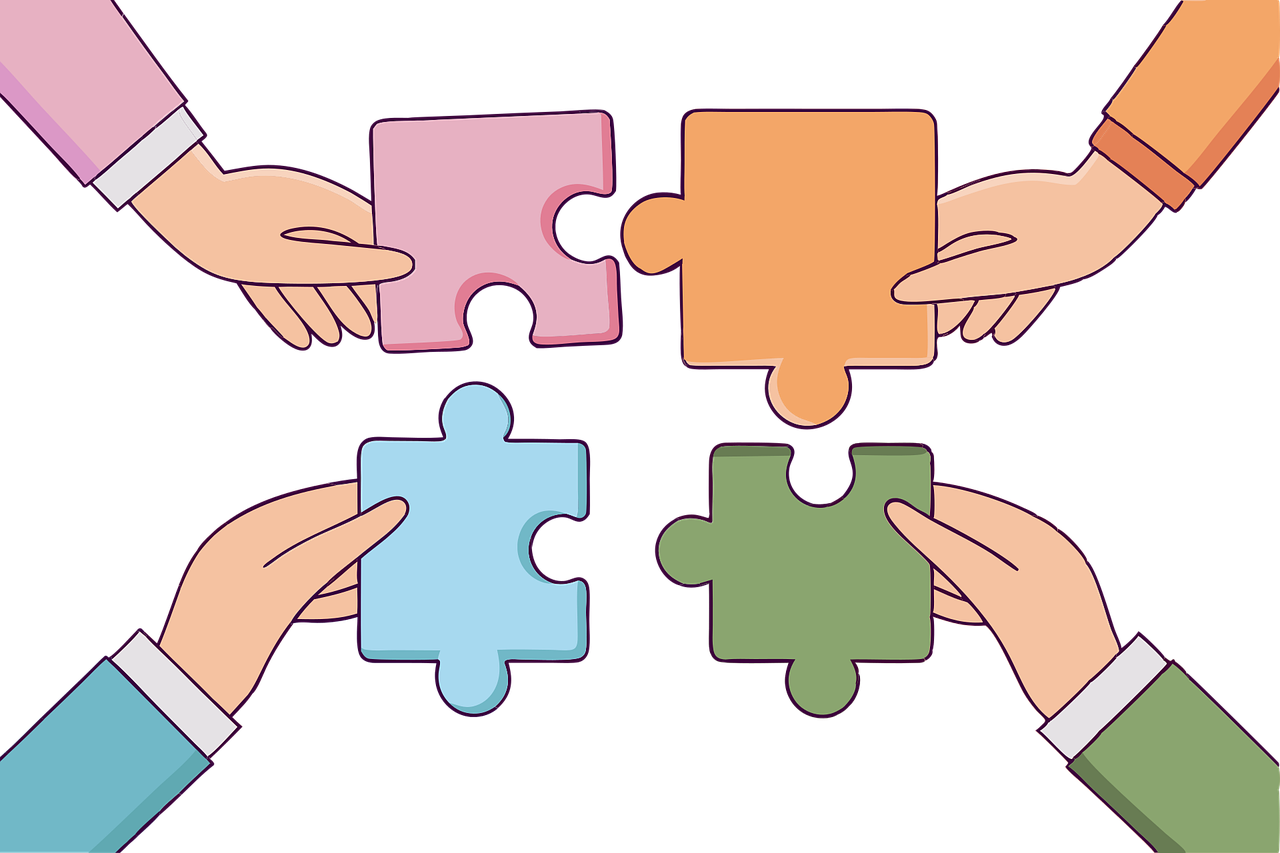On October 2 – 3 2014, we attended SUSCO Budapest 2014, an international conference on sustainable development held at the Millenáris Center on the Buda side of Budapest.
The event, organized by the Antall József Knowledge Centre, was a unique opportunity to learn more about the state of the art of sustainable development projects and organizations in Hungary and in the wider Central Eastern European area. At its first edition, SUSCO Budapest offered the wide public a conference featuring international experts, policy-makers, civil and private sector representatives, and an exhibition with organisations and companies working on innovation tools in the sustainable development field.
We hosted a stand at SUSCO exhibiting four projects on sustainable development – AIDA,FASDUIR, Geothermal Communities and PlasCarb, providing information and establishing new collaborations.

On its first day, the conference was devoted to the efforts made by policy makers within the frameworks of the United Nations, the European Union and various national levels. A special focus on the Central-Eastern European area was also provided.
Beginning with short historical digressions on the concept of sustainable development (do you remember the Brundtland report?), the main discussion was centred on the UN Sustainable Development Goals (SDGs) process, a new set of objectives determined by the Rio+20 Conference, which mandated the creation of an Open Working Group. As an inter-governmental group, the OWG has worked toward the realization of a report to the 68th session of the UN General Assembly, providing a proposal for the achievement of such sustainable development goals: “The Future We Want”.
The voices on Central and Eastern European countries claimed the need to give attention to country-specific situations (such as the heritage from former Communist regimes, the lack of support to development by the general public, or the need to improve the science-policy interface). An interesting viewpoint at the local level was offered by Krisztina Dely, Head of theCovenant of Mayors Office, an EU movement involving local and regional authorities voluntarily committed to increasing energy efficiency and the use of renewable energy sources on their territories, of which Budapest municipality is also a signatory.
The AIDA project – Affirmative Integrated Energy Design Action – specifically assists the members of the Covenant of Mayors to develop Nearly Zero-Energy Building (NZEB) roadmaps, to lower operation costs and to set a positive example for the local community and neighbouring municipalities. In this way, AIDA offers a useful and innovative tool to achieve the EU’s 20-20-20 targets by helping mayors, municipal representatives and local authorities on one side, and building professionals, architects and master builders on the other side.
The second conference day looked more specifically into Water, Food and Energy, the three key dimensions of current mega trends of sustainable development, and their interconnections (the WEF Nexus). Three sub-sessions were therefore centred on each of the three elements, and included both a discussion on current problems and the presentation of available tools and possible solutions developed by private companies.
Food-related issues were found to be food security (both in terms of access and of stability through time); the consequences of current sanctions on Russia on European producers and consumers; food waste; and the consequences of EU regulations for quality standards on producers, at a time when cheaper food arrives into European territory from outside, not necessarily respecting such standards.

On the issues of food waste, the PlasCarb project offers an innovative solution. This project aims at transforming biogas generated by anaerobic digestion of food waste using an innovative low energy microwave plasma process to split biogas (methane) into high value graphitic carbon and renewable hydrogen. Graphitic Carbon was designated by the European Union as one of the EU’s 14 economically critical raw materials, and is imported in substantial quantities. Its value will even increase, due to its use in emerging technologies, such as advanced electronics and fuel cells. Hydrogen is also used in significant quantities by industry and was identified as a future transport fuel for a low carbon economy.
Population growth will lead to a growing competition over resources, especially water, for domestic, industrial and municipal use. Climate change, mainly due to greenhouse gas (GHG) emissions, is likely to add to the problem, and we are already witnessing some of the dreadful consequences on our planet.
It becomes crucial, then, to find alternative solutions to the existing pattern of life on earth. The so-called “Doughnut model” was presented, a visual framework for sustainable development. The innovative approach consists in the combination of planetary boundaries with the concept of social boundaries. In other words, the proposal aims at showing how all people should have the resources needed (food, water, energy) within the natural resources boundaries available.
As far as energy is concerned, a strong statement was advanced that we are now witnessing the end of “easy oil”. Businesses are already searching for new methods and resources. Examples were given by ethanol producers and by leaders in Oil & Gas, already active in the fields of Subsea Production, Hydraulic Fracking, Oil Sands and Coal Seam Gas.
Two of our relevant projects in this domain are Geothermal Communities and FASUDIR.Geothermal Communities (GEOCOM) aims at increasing the visibility and value of geothermal resources, which are highly spread throughout the Central-Eastern European countries but are today still underestimated. At three pilot sites, in Hungary, Slovakia and Italy, the GEOCOM project has lined up the best available technologies in the use of geothermal energy, combined with innovative energy-efficiency measures and the integration of other renewable sources.FASUDIR – Friendly and Affordable Sustainable Urban Districts Retrofitting – is a project aimed at developing new business models and financial tools to support the necessary building-retrofitting market mobilization in Europe. This project also addresses the EU’s 20-20-20 targets, specifically through the Integrated Decision Support Tool (IDST), which will help decision makers select the best energy retrofitting strategy to increase the sustainability of the whole district.
The event was an excellent occasion to learn more about the current status of sustainable development in political, scientific and technologic terms, and specifically to get to know fresh and creative solutions offered by Central Eastern European companies and organizations. And well, the wine-tasting experience was simply the icing on the cake!
Looking forward to #SUSCOBudapest 2015!




